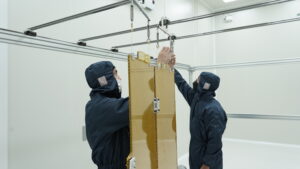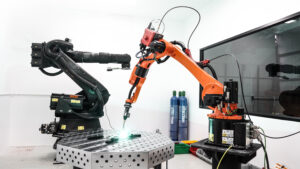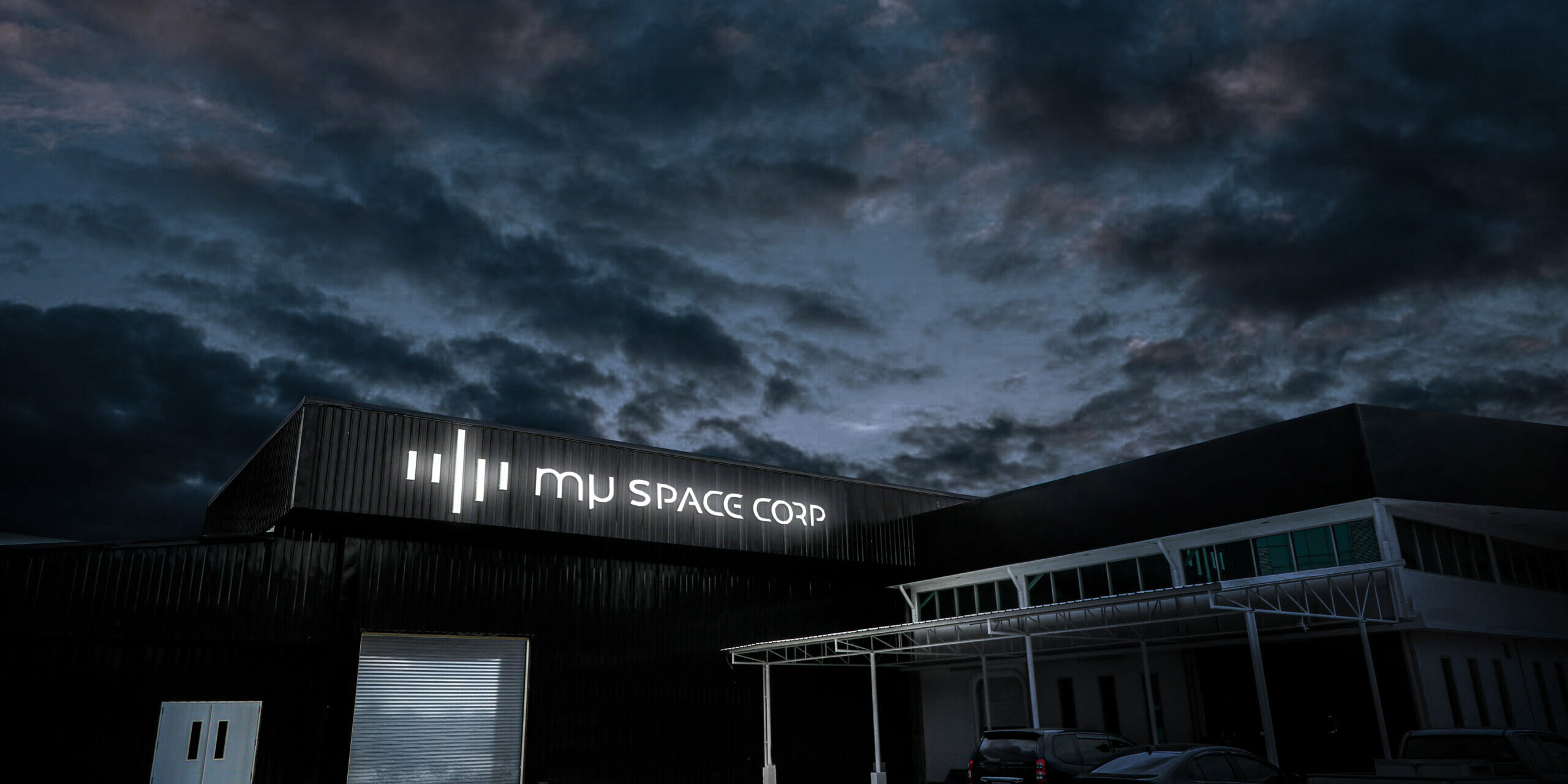Building any type of factory from the ground up is a tough challenge, in this case building a space factory in a region that has just recently got introduced to this industry, proves to be an even bigger challenge. mu Space Corp, a satellite manufacturer and satellite internet service provider, runs three space factories each designed to best fit its purpose. Factory 0 was the first one unveiled in 2020, followed by Factory 1 and Factory 2 which were both completed in 2021. Building all three factories came with a series of challenges to overcome, but results can be seen within these factories themselves. Factory 0, houses a metal 3D Printer and is mainly focused on additive materials, Factory 1 is the main hub of production at this moment and houses mu Space’s satellite production, the mu-B200. Factory 2, the latest of the three, will be able to scale the production from Factory 1 of 10 satellites per year to 100 satellites per year.

Running a space factory requires many sectors, this is because many components are required to be built before incorporating into a final structure. For example, the mu Space Factory 1 has a satellite sector, robotics sector, heavy machinery, and a battery lab among others. Another essential facility in a space factory is the cleanroom. This is where engineers and technicians work on developing materials that will be sent to space. Since space is a vacuum, dust and other small particles will float out of the workpiece’s surface, thus potentially harming electronics and other sensitive equipment. The cleanroom eliminates these tiny particles by employing HEPA filters, much like some HVAC. The cleanroom is certified with multiple HEPA filters based on its dust’s grain size distribution. ISO 14644:2015 is the base standard and mu Space’s cleanrooms were built following those standards, therefore passing the certification requirements. All these sectors work independently before finally coming together and building the final product. However, to have many sectors running at the same time and the highest quality of raw materials, a company requires frequent rounds of funding. In the case of mu Space being the first movers in their region, building a new supply chain is a challenge that the company has overcome with a vertical integration strategy.

Another important factor to consider in the running of a space factory is the major cost associations that come with it. Due to the nature of the industry, it is clear that the cost of raw materials is going to be high. Especially when considering that mu Space has entered the industry as the first movers in their region, having a solid supply chain at an optimal price was always going to be a challenge. Therefore due to the difficulties mu Space follows a vertical integration manufacturing strategy, where everything from raw materials to the final structure is built in-house. In the long run, this strategy will cost the company less and on top of that, it allows for the potential formation of a supply chain in this region.
mu Space is developing its satellite along with components at its facility, Factory 1. All the products are built in-house at the space factory, with high-quality control measures being monitored each step of the way. The mu-B200 smallsat, is priced at $4 Million and delivered within 12 months of the order date, the satellite is built for various applications including communications, Earth monitoring, and others.








